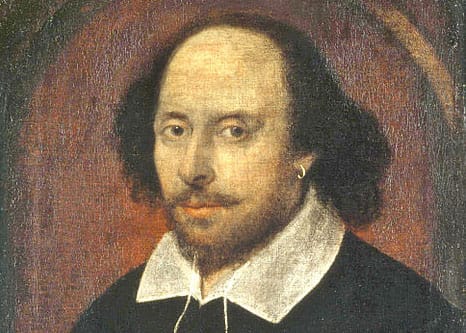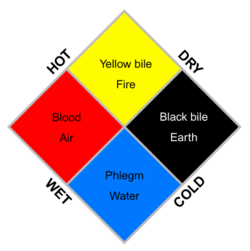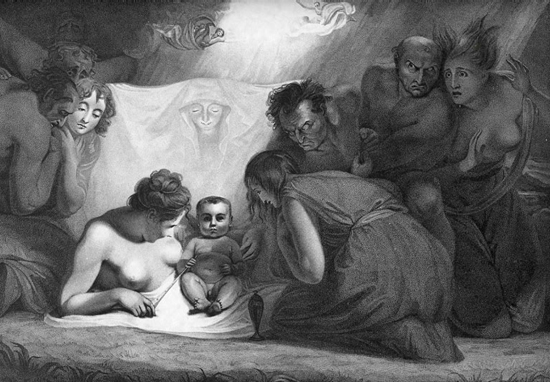Shakespeare - a man for all humors

Much is made of Shakespeare's use of the Four Humors. Hamlet is melancholic, the characters in Romeo and Juliet and The Taming of the Shrew and Othello are choleric, very few characters are sanguine since they lack drama, and no one seems to be phlegmatic since those characters are just so boring. Except Ophelia perhaps?




The Four Humors are, of course, red blood, yellow bile, black bile, and pale blue/green phlegm. These four basic fluids were said to flow in various combinations in the human body. Whenever the mix was unbalanced, they produced a dominant character - sanguine, choleric, melancholic, or phlegmatic. Indeed everything was in fours - associated analogically with the four primary elements (air, fire, earth and water), the seasons, the points of the compass, the planets and so on. But, there were other precious bodily fluids; where did they fit in? Was urine to be categorized with yellow bile? What about gall or sweat or semen or shit? Were tears, mucus, saliva and spit associated with phlegm?

No surprise then that by Shakespeare's time, the Four Humors of the Greeks were turning metaphorical. For Shakespeare (as for Ben Jonson) the humors seem to have been just mythological and literary scaffolding, infinitely pliable.
Literary and theatrical types like Shakespeare were associated with the black melancholic humor because that was the in-vogue intellectual humor of the day, perhaps because of the terrible impact of the plague and seemingly endless warfare. That is why, in the engraving below, from 200 years later, Shakespeare is an unsmiling (melancholic?) baby commander-in-chief who foreshadows the arrival of Napoleon. This engraving belongs to a time when art and painting were at their most grandiose (think William Blake and Jacques-Louis David) and Europe was in revolutionary turmoil.

The engraving is based on a painting by George Romney from around 1790, known as The Infant Shakespeare, Attended by Nature and the Passions. Nature is unveiled above him; the Passions surround him, including Joy, Sorrow, Love, Hatred, Jealousy, Anger, Envy and Fear.
At top is the famous Chandos portrait of Shakespeare, if indeed it's him. It is in the National Portrait Gallery, London, and attributed to John Taylor, from around 1610.
